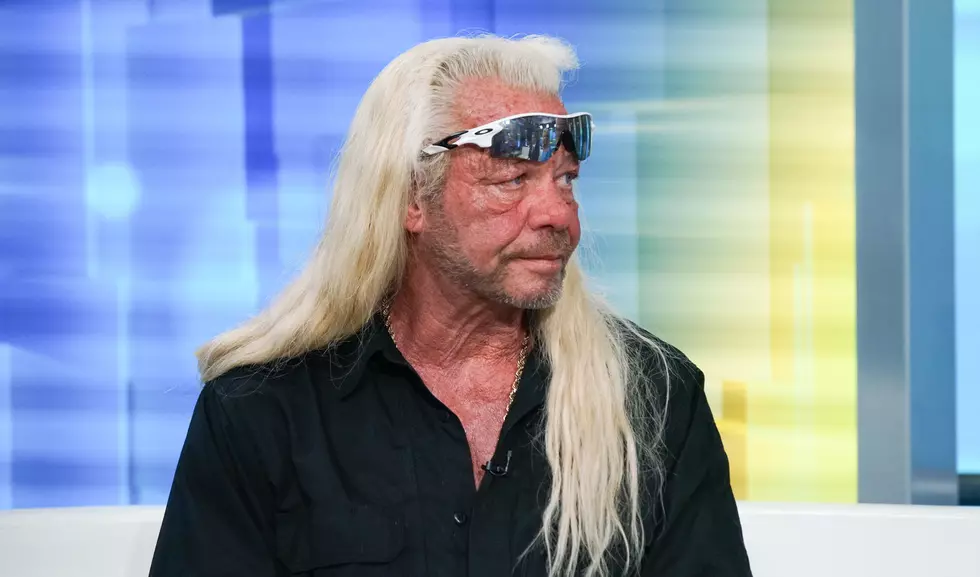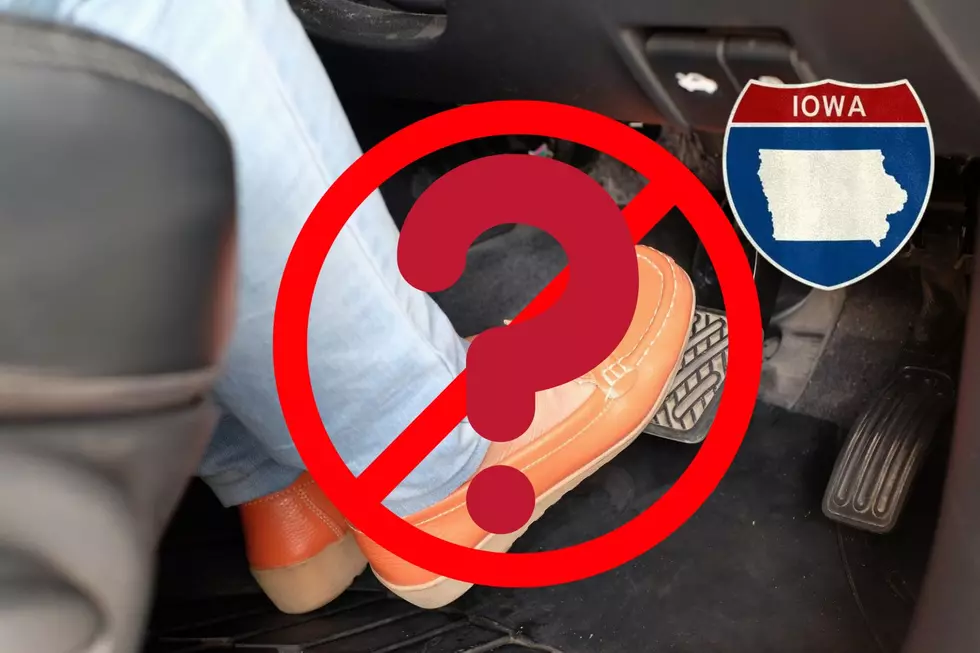
The History of the Marvel Cinematic Universe, Chapter 11: ‘Avengers: Age of Ultron’
In The History of the Marvel Cinematic Universe, ScreenCrush editor-in-chief Matt Singer looks back at every film in the MCU to date, leading up to the premiere of Avengers: Infinity War on April 27. Previous chapters can be found here.
Chapter 11: Avengers: Age of Ultron
Director: Joss Whedon
Writer: Joss Whedon
Release Date: May 1, 2015
U.S. box office: $459 million
Worldwide box office: $1.4 billion
Rotten Tomatoes rating: 75 percent
Metacritic score: 66
Letterboxd average grade: 3.2
CinemaScore: A
What Holds Up
By the end of the first Avengers, Joss Whedon had assembled an incredible team of heroes. The biggest and most consistent pleasure in Age of Ultron is just watching all of these great characters back together. The first film built to that incredible Battle of New York sequence, and that jaw-dropping long take. Age of Ultron opens with a crazy long take of all six Avengers charging into action, and the team’s banter is terrific. A few scenes later, the Avengers celebrates their victory with a party at Stark Tower featuring special guests like Don Cheadle’s War Machine, Anthony Mackie’s Falcon, and Stan Lee’s Umpteenth Cameo Guy. In an MCU highlight, the Avengers each take turns trying to pick up Thor’s enchanted hammer, which can only be lifted by one who is “worthy” of the power of the Thor.
It’s a fun way to reestablish the dynamics of the team, but in keeping with the Chekov’s hammer rule of drama, it also becomes an important plot point later, after the evil robot Ultron (James Spader) creates an indestructible body to house his consciousness. The Avengers steal the body and then upload JARVIS (Paul Bettany), Iron Man’s operating system, into it instead. The resultant cyborg, the Vision (also Bettany), owes his existence equally to Ultron and the heroes, and the Avengers are reluctant to accept his help — until he casually hands Thor (Chris Hemsworth) his hammer.
It’s the most economical way imaginable to confirm “This dude is a good guy,” which is fortunate because even with that shortcut, Age of Ultron runs an overstuffed 141 minutes. (More on that in a sec.)
I also really like one of Age of Ultron’s biggest deviations from established Marvel continuity: The revelation that Hawkeye (Jeremy Renner) is secretly a family man with a wife named Laura and kids. (Cardellini even gets to deliver the instant classic line “You know I totally support your Avenging...”) The comics’ Hawkeye was married at one point (to the superhero Mockingbird) but he’s typically portrayed as a lothario/bachelor type. Renner’s Hawkeye is secretly a super domestic dad who dotes on his kids and loves to talk about home renovations. Besides the fact that this was such a great, out-of-left-field twist, it suits the character.
In the discourse around the Marvel Cinematic Universe Hawkeye is too often the brunt of jokes; what does a team that’s already got one of the smartest guys on Earth, a reformed Russian spy, a mutated super soldier, a literal god, and one of the other smartest guys on Earth (who turns into a green rage monster) need with a dude who’s extremely proficient with a bow and arrow? In all honesty he adds nothing you can quantify, but Clint Barton is essential to the mix for other reasons.
After giving Hawkeye a bit of a raw deal in the first Avengers (where he spent most of the story mind-controlled by Loki), Whedon completely redeemed the character in Age of Ultron. Hawkeye is consistently the guy who holds the group together. He’s the only team member who doesn’t get messed up by the mind powers of Wanda Maximoff (Elizabeth Olson), and he’s the one who finds a safe house where they can hide after Bruce Banner (Mark Ruffalo) goes nuts in Africa. In the climax, he inspires Wanda’s decision to join the Avengers, and later leaves a ship carrying innocent bystanders from the ruins of Sokovia to go rescue a lost child, even though he’s already wounded and knows his choice could mean his death. The fact that he’s not “special” is what makes him a special hero; he’s completely vulnerable but he keeps fighting anyway because it’s the right thing to do.
What Doesn’t Hold Up
In the early 2000s, the world of comics was changed by the rise of a kind of storytelling known as “decompression.” For decades, each issue of a Marvel Comic told a single story from beginning to end; or, at the very least, contained a single, self-contained chapter of a bigger story. But at the turn of the century that began to shift to a style that favored slower stories, spread out over multiple issues, and more bombastic and ornate artwork with fewer word balloons and slacker pacing (hence “decompressed”).
Avengers: Age of Ultron exists in an alternate universe where decompression never happened. It’s maybe the most compressed MCU movie ever. It’s crammed with more plots, subplots, characters, and teases of future Marvel movies than it can comfortably handle. And the movie undeniably suffers for it.
The ideas behind Ultron are solid — Tony Stark (Robert Downey Jr.) has a vision of a ruined world that he failed to save and decides the only way to protect the Earth is by pairing his army of drone Iron Man suits with an alien artificial intelligence he discovers inside Loki’s mindcontrolling scepter — but because the movie needs Ultron as its central villain, Tony’s decisions have to come too fast for them to feel plausible. (Things get even more ridiculous when, after his program to protect humanity goes rogue and threatens to destroy the planet, Tony still decides to try again and put JARVIS inside the Vision body even though he knows it could all backfire.) Plus, the last time we saw Tony, at the end of Iron Man 3, he said he was done with “distractions,” chose to remove the arc reactor from his chest, and seemingly retired from being Iron Man. In this movie he’s not only Iron Man again, he’s created a literal drone army to do his bidding. So much for getting rid of distractions!
Age of Ultron is almost all distractions. The “Twins,” Wanda and Pietro (Aaron Taylor-Johnson) are presumably here because they were among the very first new recruits in the original Stan Lee/Jack Kirby Avengers comics. But Whedon never figured out a way to make them fit into this story. Supposedly they hate the Avengers because their childhood home was bombed by weapons built by Stark. The movie never explains why that makes them hate the rest of the team, or why they’d partner with a demonstrably villainous deathbot to accomplish their goals, or why they’d so quickly betray him when they finally realize that, yes, their demonstrably villainous deathbot friend is actually a bad guy. If the movie was just about the Twins, or if they had been introduced earlier and we could watch their perspective slowly shift, this could work. The face turn we got is way too fast and way too convenient. (I know the dude’s called Quicksilver, but c’mon.)
Wanda’s mental manipulations of the team sync up with the return of Loki’s mind-controlling scepter from The Avengers, but literally everything about the way that weapon is used in Age of Ultron makes no sense. In this movie we learn that the gem on the tip of the scepter secretly houses the Mind Stone. So why did Thanos — whose only purpose in the universe is collecting every damn Infinity Stone — give it to Loki? And why, if the scepter was so incredibly powerful, didn’t Thor take it back to Asgard with him when he took Loki and the Tesseract there at the end of The Avengers? If the Mind Stone is yellow, why is the gem it’s in blue? And how did Hydra get their hands on the scepter after The Avengers?
I know, I know; we learned SHIELD was infiltrated by Hydra in The Winter Soldier so they must have stolen it at some point. But isn’t something that important something worth, y’know, seeing? It is, but Age of Ultron doesn’t have time for those kinds of details.
Coolest Foreshadowing of Future Marvel Events
Age of Ultron’s post-credits scene — Thanos (Josh Brolin) putting on the Infinity Gauntlet and saying “Fine, I’ll do it myself,” and then very quietly under his breath muttering “In, like, three or four years” — is a dud. But the organic evolution of the heroes’ relationships is good. Way before Thanos gets his hands on any more Infinity Stones, the Avengers are headed for a breakup, in 2016’s Captain America: Civil War. Although the Avengers do rise to the occasion and work together to defeat Ultron, the divisions within the group are beginning to show.
Actually, they already showed in the first Avengers, as I wrote about in the History of the MCU column about that film. Tony Stark and Steve Rogers (Chris Evans) both want to make the world a better place, but their respective philosophies about achieving that goal are strikingly different. Tony’s motivation for creating Ultron sounds eerily similar to Nick Fury’s motivation for launching Project Insight in Captain America: The Winter Soldier: Ensuring society’s complete security through surveillance and advanced weaponry. And when Captain America resists Stark’s plans by saying “Every time someone tries to win a war before it starts, innocent people die,” he might as well be referring to the events of The Winter Soldier.
There was a Civil War comic book about the breakup between Cap and Iron Man, but for decades and decades they peacefully coexisted as the closest of allies. I prefer the Marvel Cinematic Universe version of their relationship better. Captain America and Iron Man have had such different life experiences, it stands to reason they would have very different attitudes. And I like that Marvel clearly knew where these two were headed. (I’m not quite sure why they had Tony quit being a superhero for the second straight movie, unless this is a deliberately annoying running gag.)
Best Marvel Easter Egg
Ultron’s part in the film mostly involves him wandering around in dark rooms monologuing (this is a Joss Whedon script, after all) about how humanity sucks and he is super cool and everything will be better once he sticks his consciousness inside an unbreakable vibranium body. In one such scene, the Ultron’s jabbering on about to Wanda about Tony Stark and Loki’s scepter. “I knew it would control him, make him self-destruct,” Wanda explains, prompting Ultron to reply “Everyone creates the thing they dread. Men of peace create engines of war, invaders create avengers. People create... smaller people? Uhh... children!”
Hah hah, ho-ho, Ultron is a living computer but he can’t remember what kids are called. That’s a bit of a chin scratcher, but right before the punchline is the best Easter egg in Age of Ultron; that “invaders create avengers” line. He’s talking broadly about life’s dynamics, and maybe more specifically about how the Chitauri helped cement the creation of the Avengers team. But there’s a second, Easter egg-y meaning for Marvel fans. Before the Avengers protected the Marvel Universe, the MU (no ‘C,’ we’re talking about the comics here) was home to the Invaders, a squad of heroes led through World War II (and occasionally in modern times) by Captain America. The Invaders of Marvel Comics didn’t necessarily create the Avengers (technically they were created after the Avengers, and then retconned into Marvel Comics history via flashback stories), but the word choice is clearly a deliberate homage.
Final Verdict
Age of Ultron is not as good as The Avengers; it’s messy and busy and it’s got too much going on (so good luck with being even bigger and longer with way more characters, Avengers: Infinity War!). I still like it though, and I love the ending where the Avengers save Sokovia, not just because it’s an impressively mounted superhero action sequence, but because it is a forceful argument in favor of selfless heroism. Cap’s pep talk to the Avengers before the final battle includes the line “Ultron thinks we’re monsters. This isn’t just about beating him. This is about whether he’s right.” The sequence that follows resolves that question.
The climax isn’t just the Avengers smashing a bunch of robots (although if that’s what you want, there is plenty of that too.) There are way more beats where the Avengers rescue innocent people who have been trapped by Ultron’s plan to lift Sokovia into the atmosphere and then drop it back down to the surface, killing millions or even billions of people. Even with the stakes that high, the Avengers (and particularly Captain America) keep fighting to save each and every resident of Sokovia, including the aforementioned sequence where Hawkeye leaves a transport off the floating city to protect a single kid.
These moments reinforce the idea that true heroism has nothing to do with magic hammers or suits of armor; it’s about sacrifice, determination, and helping others. Avengers: Age of Ultron’s isn’t the most coherent story Marvel’s told, but few films in the MCU articulate the company’s values more effectively. In the world of Marvel, heroes come in all shapes and sizes. How appropriate, then, that Marvel’s next film would be about its smallest hero yet.
Gallery - The Best Dressed Characters in the Marvel Universe:
More From Y105






